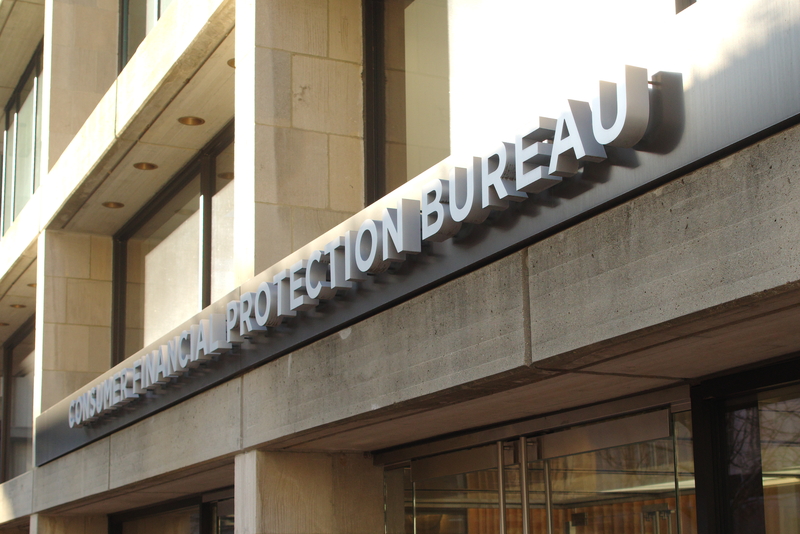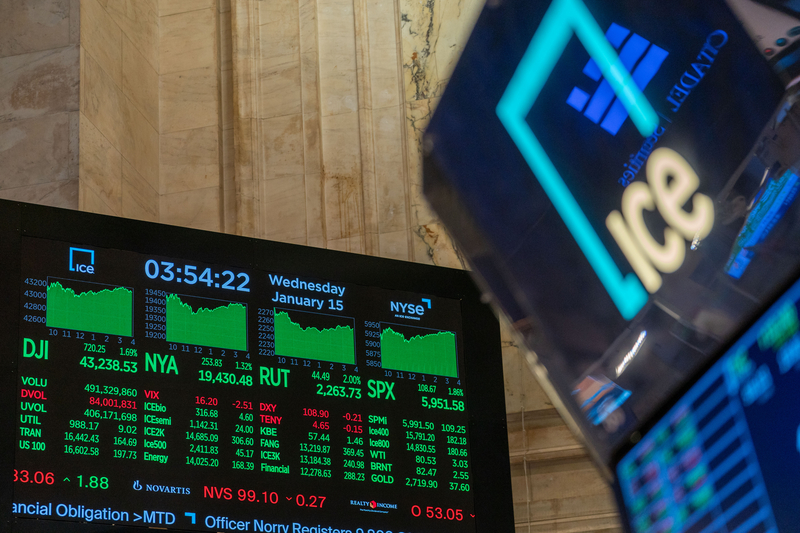IOSCO’s report is an assessment of the performance of supervisory authorities, including their organizational and technical capabilities.
Commenting on the report Laurent van Burik, chair of IOSCO’s assessment committee, said that market surveillance “has made significant improvements over the years in different jurisdictions”, but pointed out that “the challenge of addressing market abuse remains significant for market authorities, especially in the wake of rapid technological advances.”
Some of the report’s key findings, specifically those identified as “issues of concern”, are closely aligned with the challenges faced by surveillance and compliance teams in practice and so are well worth noting.
In the table below we have listed some of the issues identified in the IOSCO report along with what we hope are useful contextual notes.
| Concern | Notes |
| Testing and recalibration of automated systems | Such systems improve effectiveness and efficiency, but it is essential to configure, test and calibrate these on an ongoing basis to ensure that they remain effective in the face of changing market conditions and trading behaviors. |
| Proliferation of trading venues | In addition to the introduction of new market venues that are being utilized by market participants, the growth of cross-venue, cross-asset and cross-jurisdictional trading including in cryptocurrency markets is exacerbating challenges in this area. |
| Dispersion of trading across multiple venues | The ability to analyze order and trade information on an integrated basis across multiple venues is crucial for identifying market abuse that might involve attempts to fraudulently portray market activity. |
| Social media and social trading | The entire social media ecosystem presents a challenge for surveillance both in terms of implementing adequate technological solution as well as legal and privacy concerns around access and capture. |
| Missing data | The lack of specific data is an impediment to effective surveillance – this includes data about ultimate customers or beneficiaries as well as lack of data from foreign jurisdictions where trading is taking place. |
| Poor data quality | This leads to practical difficulties in reconstructing trades and analyzing order books. Specific issues have been identified around: – inadequate data quality checks; – insufficient data granularity; – lack of data consolidation (across venues); – high order / data volumes; and – inconsistent data formats. |
| Insufficient resources and funding | Market surveillance not being viewed as a revenue-generating function means that there is often pressure both on resources and budgets. Challenges exist in recruiting and retaining specialist staff in this area. Another issue is ensuring that surveillance staff are adequately trained to keep up to date with technological advancements including in areas such as data science, data analysis and coding. |
| Algorithmic, AI driven and high frequency trading | Technological innovation is driving both speed of trading as well as trading volumes, leading to an increase in the risk posed by illegal or inappropriate conduct. Issues here are being exacerbated by the inability to differentiate between human and computer-driven trading. |
The backdrop to the report is “significant market developments” with 30 of the 34 participating supervisory authorities reporting that they have observed changes to market structure, dynamics and participant behavior including:
- introduction of new markets or trading venues;
- increases in the range of products traded (for example, derivatives referencing crypto);
- increases in cross-border trading; and
- relocation of trading activity following Brexit.
The report notes with concern the failure of many supervisory authorities to address deficiencies in cross-border market surveillance. It notes that although 70% of participating jurisdictions reported that they had “not identified any gaps or limitations in their cross-border surveillance capabilities” this was primarily due to the fact that they had “not in fact carried out a mapping exercise.”
More than half (55%) of those jurisdictions that have undertaken such an exercise have noted specific gaps and limitations, which is evidence of both data gaps and unassessed risk in this area.
The report conclusion reiterates that “while market surveillance has improved in many aspects since 2013” addressing market abuse remains “a challenge”, particularly against the backdrop of rapid technological change.
















